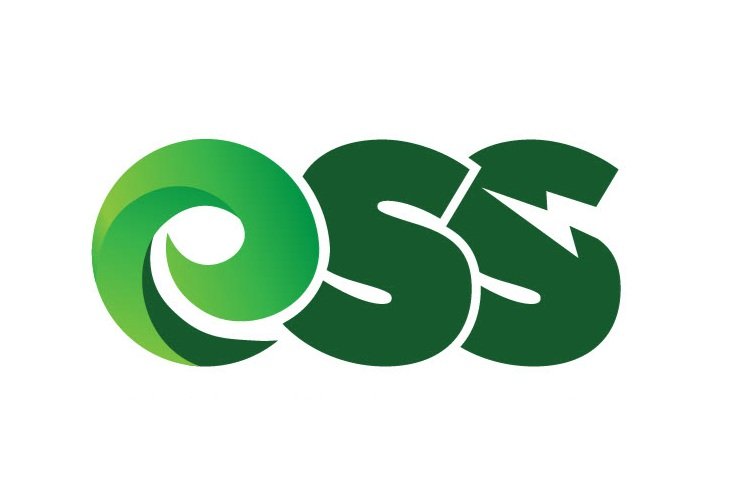Factors That Affect Solar Installation Costs
Introduction
Solar energy has revolutionized how we power our homes and businesses, but one common question remains: what impacts the cost of solar installations? Understanding these factors is essential for making informed decisions and planning your investment.
1. Type of Solar Panels
Different types of panels come with varying price points and efficiencies:
• Monocrystalline Panels: These panels are the most efficient and durable, providing the highest energy output per square foot. However, they come at a premium price. They’re best suited for homes where roof space is limited but maximum energy efficiency is desired.
• Polycrystalline Panels: These panels are less expensive but offer lower efficiency compared to monocrystalline ones. They’re an affordable choice for homeowners with more roof space who still want a reliable solution.
• Thin-Film Panels: Lightweight and flexible, thin-film panels are ideal for non-traditional spaces, such as curved surfaces. However, they have lower efficiency and require more space to produce the same energy as the crystalline options.
For a more in-depth look at these panels, check out our blog post about Monocrystalline VS Polycrystalline Panels!
2. System Size
The size of the solar system is one of the biggest factors impacting cost. A larger system can generate more electricity but will also have higher upfront costs. The size you need depends on your energy consumption and your roof’s capacity to accommodate the panels. Keep in mind that while a larger system may cost more, it can provide better long-term savings by reducing energy bills more significantly.
3. Labor and Installation Complexity
Installation costs are influenced by the complexity of the project:
• Roof Structure: The complexity of your roof affects labor costs. A simple, flat roof will be cheaper to install panels on compared to a roof with multiple angles, obstructions like chimneys, or steep slopes.
• Location-Specific Labor Rates: Labor rates vary based on your geographic location. Solar installation in urban areas tends to be more expensive due to higher local wages compared to rural areas.
4. Geographic Location and Sunlight Exposure
Where you live significantly impacts your solar installation costs:
• Sunlight Hours: Locations with more annual sunlight hours will require fewer panels to generate the same amount of energy, thus reducing the overall system size and cost.
• Local Climate: In regions with frequent cloudy or rainy days, more panels may be required to compensate for reduced energy production.
5. Incentives, Rebates, and Tax Credits
Government incentives can dramatically lower your solar costs. The federal solar tax credit allows homeowners to deduct a percentage of the installation cost from their taxes. Additionally, many states offer rebates, local utility incentives, or performance-based incentives (PBIs) that reward solar panel owners based on the amount of energy they produce. It’s important to research all available incentives in your area to maximize savings.
Live in Utah? Check out our blog post and find out if solar is worth it for you!
6. Energy Storage and Battery Systems
If you’re considering battery storage, such as a Tesla Powerwall, this will add to the overall cost of the system. Batteries store excess energy generated during the day for use at night or during power outages. While adding a battery increases the initial investment, it enhances energy independence and can further reduce utility costs in the long run.
7. Maintenance Costs
While solar panels require minimal maintenance, occasional cleaning and inspections may be necessary to ensure optimal performance. Some leasing or purchasing agreements include maintenance, but if not, you should factor in the cost of routine maintenance over the lifespan of your system.
Costs by Sector
Residential
Generally more affordable and quicker to install. Costs can range from $15,000 to $25,000 before incentives.
Commercial
Commercial installations require more robust systems and therefore are more expensive, ranging from $40,000 to $100,000.
Industrial
Industrial setups are the behemoths of solar installations. With costs that can exceed $100,000, these systems are designed for heavy energy consumption.
Frequently Asked Questions (FAQ)
-
The main factors include the type of solar panels (monocrystalline, polycrystalline, or thin-film), the size of the system, labor costs, and geographic location. Incentives and rebates can also play a role.
-
The two main factors are the type of solar panels and the size of the system. The type affects efficiency and initial cost, while the size determines how much energy you can produce.
-
Solar gain is influenced by the angle of the solar panels, the amount of sunlight received, and the efficiency of the panels.
-
The biggest impact often comes from the type and size of the solar panels. High-efficiency panels and larger systems will generally cost more upfront but may offer better long-term savings.
Conclusion
Understanding the various factors that affect solar installation costs allows you to make a well-informed decision. Whether you’re investing in a small residential setup or a larger commercial system, weighing these factors will help you plan better financially and maximize your long-term savings. For a tailored quote and further advice, get in touch with us.





